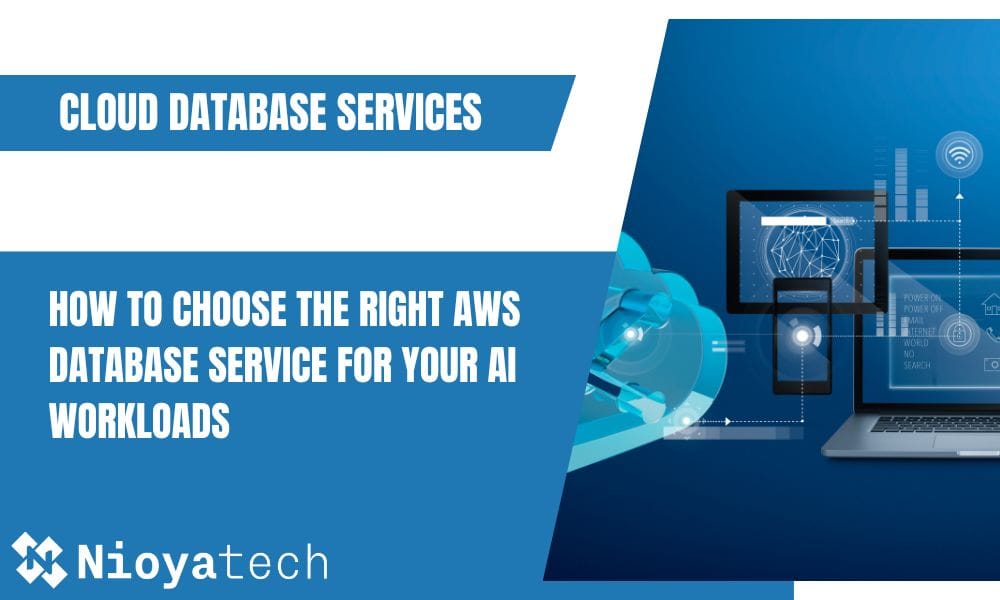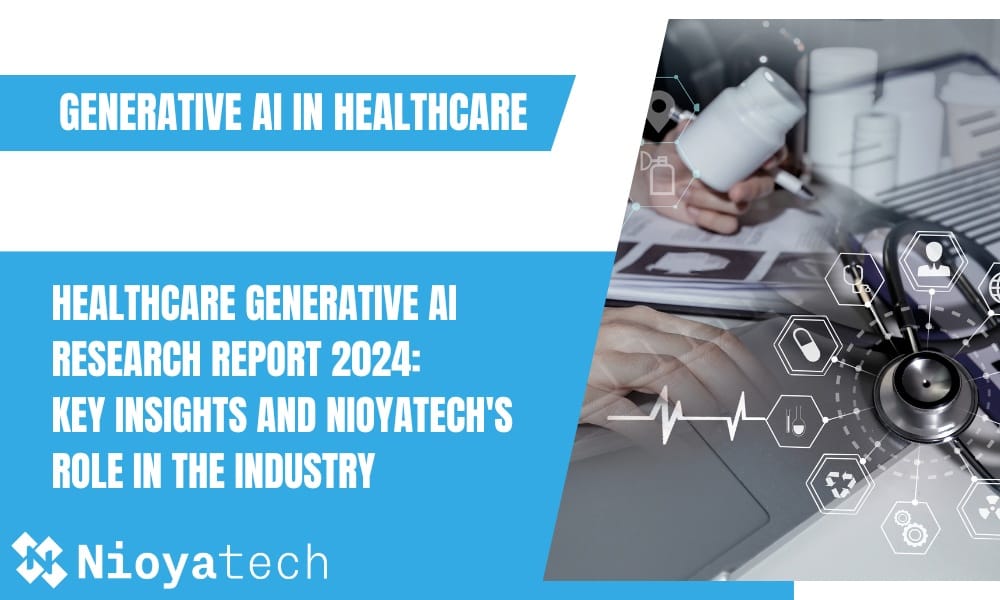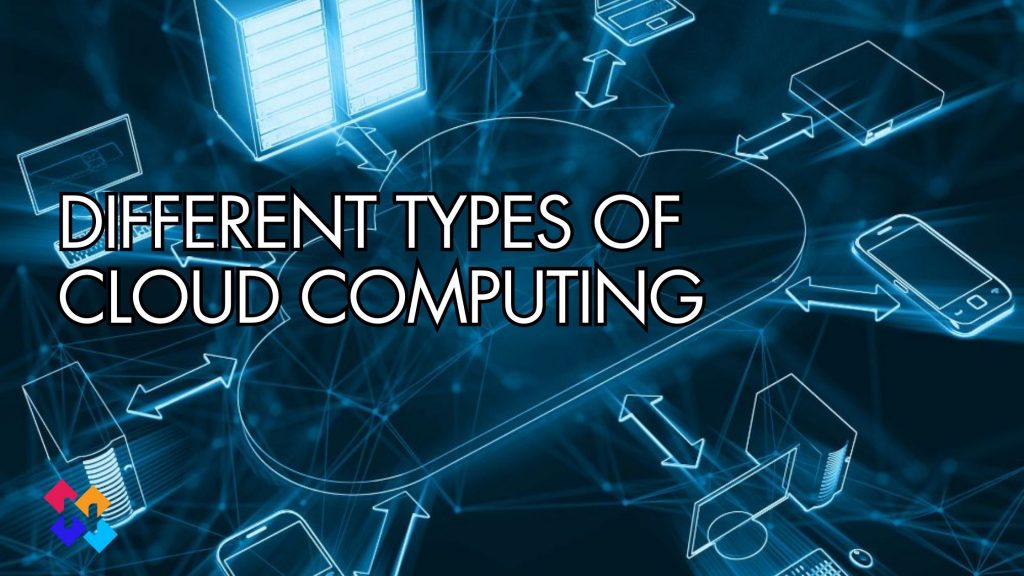Big data refers to the vast amounts of data that are generated and collected by organizations in today’s digital world. This data can come from a wide variety of sources, including social media, e-commerce transactions, sensor data, and many others. The volume, velocity, variety, and veracity of this data can make it challenging for organizations to manage and derive value from it.
Despite these challenges, big data is increasingly important for businesses and organizations of all sizes. It can provide valuable insights into customer behavior, market trends, and operational efficiency, and can help organizations make more informed decisions and drive better business outcomes.
In this blog post, we will explore the main challenges that organizations face when dealing with big data in 2023. We will look at the increasing volume and velocity of data, the variety of data sources and types, and the need for accurate and reliable data. We will also discuss the importance of extracting value from big data and the big data challenges of doing so. By understanding these challenges, organizations can better equip themselves to effectively manage and derive value from big data in the years ahead.
Big Data Meaning
What is Big Data Technology
Why is Big Data Important?
Big data, particularly through monitoring company consumer behavior, offers significant contributions to making the proper judgments and developing strategies. Following the simplification of the data at hand, the relationships between these data are investigated using the comparison technique, and the connections between them are discovered.
It is feasible to anticipate the outcomes of future decisions in this manner. The responses to various decisions may be examined via simulations built by altering the locations of various points in the data.
Organizations may correctly assess data based on real consumer behavior and transform it into a highly valuable tool thanks to big data analysis. Because big data is entirely based on the analysis of real data, it enables making the correct decisions in a variety of areas, including cost reduction, labor savings, and the development of goods that fulfill expectations.

5 Top Big Data Challenges
Volume
One of the main challenges that organizations face when dealing with big data is the increasing volume of data being generated and collected. In today’s digital world, organizations are constantly generating and collecting data from a wide variety of sources, including social media, e-commerce transactions, sensor data, and many others. This data can be generated at an extremely fast rate, and the volume of data being generated and collected is only likely to continue to grow in the coming years.
Dealing with such large volumes of data can be a significant challenge for organizations. It requires the use of scalable and efficient big data technologies that are capable of storing, processing, and analyzing large volumes of data. This can include technologies such as Hadoop, Spark, and other big data platforms that are designed to handle large volumes of data.
In order to effectively manage and derive value from big data, organizations must invest in the right technologies and strategies to handle large volumes of data. This includes investing in scalable and efficient data storage and processing systems, as well as the necessary infrastructure and resources to manage and analyze the data. By doing so, organizations can better equip themselves to handle the increasing volume of data being generated and collected.
Velocity
Another significant challenge that organizations face when dealing with big data is the need to process and analyze data in real-time or near-real-time. This is often referred to as high data velocity, and it refers to the need to quickly process and analyze data as it is being generated or collected.
In many cases, organizations need to process and analyze data in real time in order to make informed decisions and take timely action. For example, a retail organization may need to analyze customer data in real time in order to identify trends and patterns and make targeted recommendations to customers. A healthcare organization may need to analyze patient data in real time in order to identify potential risks and take preventative action. In particular, the impact of generative AI in healthcare is already significant.
Handling high data velocity can be a significant challenge, as it requires fast data processing and storage systems that are capable of quickly processing and analyzing large volumes of data. This can include technologies such as in-memory databases, stream processing platforms, and other systems that are designed to handle fast data processing and big data analytics.
In order to effectively manage and derive value from big data in real-time or near-real-time, organizations must invest in the right technologies and strategies to handle high data velocity. This includes investing in fast data processing and storage systems, as well as the necessary infrastructure and resources to manage and analyze the data. By doing so, organizations can better equip themselves to handle the increasing velocity of data.
Variety
Another significant challenge that organizations face when dealing with big data is the increasing variety of data sources and types. Data can come from a wide range of sources, including social media, e-commerce transactions, sensor data, and many others. This data can be structured, unstructured, or semi-structured, and can take many different forms, including text, images, audio, and video.
The increasing variety of data sources and types can make it challenging for organizations to integrate and analyze data from different sources and formats. This requires the use of technologies and strategies that are capable of handling a wide range of data types and formats, and that can extract value from data regardless of its structure or format.
One common approach to dealing with the variety of data is to use a data lake, which is a centralized repository that allows organizations to store and process structured, unstructured, and semi-structured data at scale. Data lakes can be used to store data in its raw form, and can be accessed and analyzed using a variety of tools and technologies, including SQL, machine learning, and data visualization tools.
In order to effectively manage and derive value from big data in the face of increasing variety, organizations must invest in the right technologies and strategies to handle a wide range of data types and formats. This includes investing in data lakes and other technologies that are designed to handle a wide range of data types and formats, as well as the necessary infrastructure and resources to manage and analyze the data. By doing so, organizations can better equip themselves to handle the increasing variety of data in today’s digital world.
Veracity
Another significant challenge that organizations face when dealing with big data is the need for accurate and reliable data in order to make informed decisions. Inaccurate or unreliable data can lead to poor decision-making and can have serious consequences for organizations.
Ensuring data quality and integrity is therefore critical when dealing with big data. This requires the use of technologies and strategies that can identify and correct data quality issues, and that can ensure data integrity throughout the data lifecycle.
One common approach to dealing with data quality and integrity issues is to use data governance and data management frameworks. These frameworks can help organizations define and enforce data quality standards and policies and can provide the necessary tools and processes to ensure data quality and integrity.
In order to effectively manage and derive value from big data, organizations must invest in the right technologies and strategies to ensure data quality and integrity. This includes investing in data governance and data management frameworks, as well as the necessary infrastructure and resources to manage and analyze the data. By doing so, organizations can better equip themselves to ensure the accuracy and reliability of their data.
Value
One of the main goals of dealing with big data is to extract value from it in order to drive business outcomes. This requires the use of big data technologies and strategies that can identify and extract value from big data, and that can help organizations make more informed decisions and take timely action.
Extracting value from big data can be a significant challenge, as it requires the use of tools and technologies that can provide big data analytics and interpret the data in a meaningful way. This can include tools such as data visualization and data storytelling tools, which can help organizations understand and communicate the insights and trends that are revealed by the data.
In order to effectively extract value from big data, organizations must invest in the right technologies and strategies to identify and extract value from the data. This includes investing in data visualization and data storytelling tools, as well as the necessary infrastructure and resources to manage and analyze the data. By doing so, organizations can better equip themselves to extract value from big data and drive better business outcomes.
Conclusion
In this blog post, we have explored the main challenges that organizations face when dealing with big data in 2023. These challenges include the increasing volume and velocity of data, the variety of data sources and types, and the need for accurate and reliable data. We have also discussed the importance of extracting value from big data in order to drive better business outcomes and the challenges of doing so.
The field of big data technology is dynamic and constantly evolving. As the volume and complexity of data continue to increase, new technologies emerge to address the challenges and opportunities presented. Keeping up with these advancements is crucial for organizations seeking to leverage big data effectively.
This is where Nioyatech comes into play. With data analysis and virtualization services, Nioyatech provides a wide range of exclusive cloud tools to deal with big data challenges. By doing so, organizations can better equip themselves to handle the challenges of dealing with big data in 2023 and beyond.






